A Veterans Day tribute: Sea stories, 'hide and seek with the Soviets' and submarine life
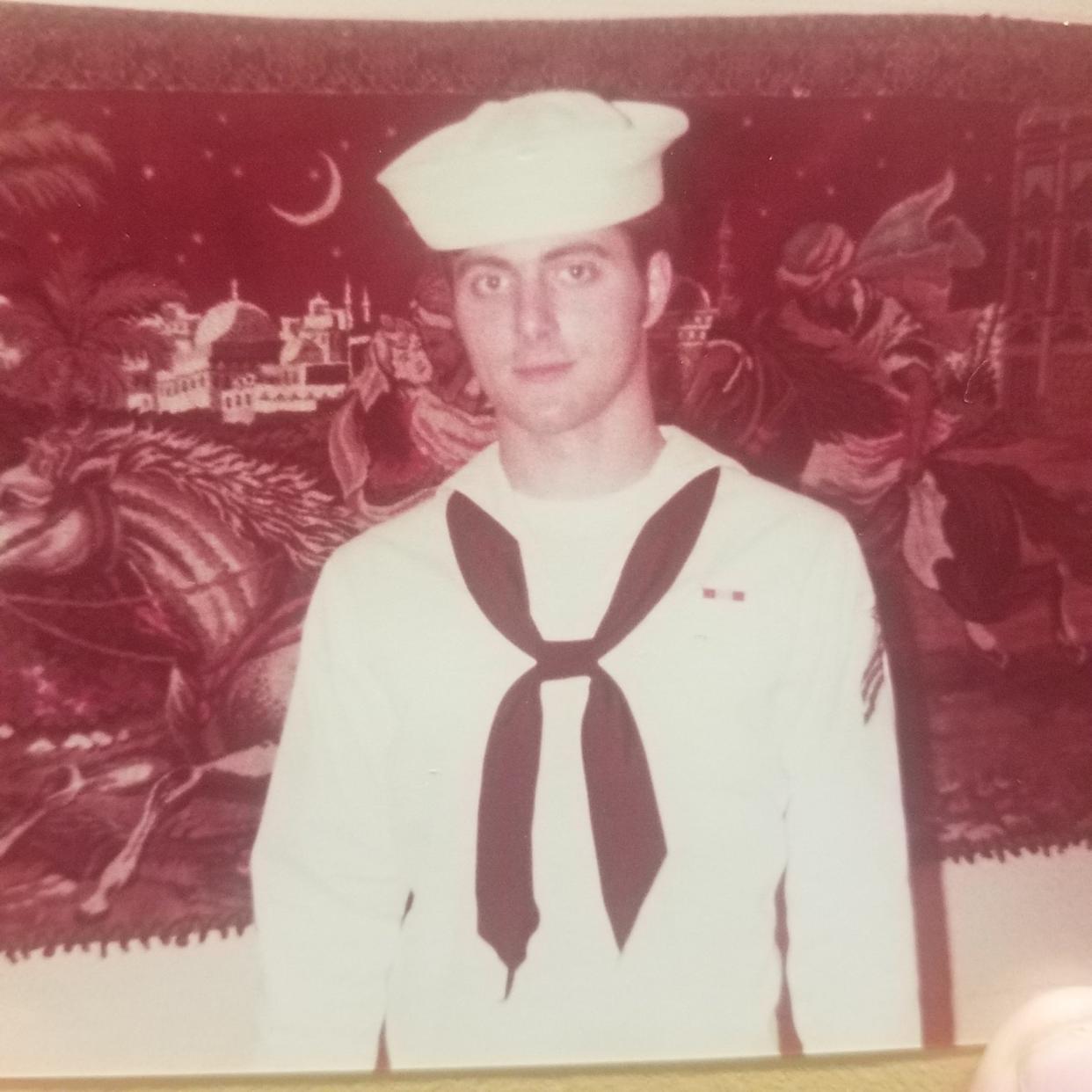
Every man or woman needs a back story — tales about times and places that make you who you are today. Maybe stories that give your "today" relevancy or mark where your life’s arc truly began.
On Veterans Day, there are many men and women who are reflecting on their days and years in military service and how that experience changed them. Most know that the Army, the Navy, the Marines, the Air Force, or the Coast Guard will somehow remain embedded inside them until the end.
Take easygoing 65-year-old Tallahassee resident Mark Holt. Retired after 20 years at IBM, running his own internet company and working in IT commerce with state agencies, Holt and glass-artist wife, Robin, revel in their freedom to travel the art fair circuits and return each season to a large extended family.
But that doesn’t mean that what happened when he was ages 18 to 24 doesn’t matter or is forgotten. In fact, as Holt dips into his memories of being a Navy submariner from 1976-82, a certain excitement takes over. And even though Holt didn’t have to duck bullets or drop bombs, he says what he got from his military service was the launching ramp for him — both professionally and as a man.
Veterans Day Parade: Here's a guide to Tallahassee's Veterans Day events
Holt’s introduction to the Nautilus
“My father was career Marines. Disciplined and committed. And never home,” Holt said. “We constantly moved around, never having much in the way of “family” time. But he still thought I should serve the country. Just not do it as a career.”
And with his father’s other admonition to not join as a “trigger puller” if possible, 18-year-old sci-fi fan Holt went in to talk to a Navy recruiter. Together they decided that becoming a submariner might be just the niche that would fit Holt. And when the young sailor discovered he would be assigned to the USS Nautilus, the world’s first nuclear-powered submarine, even the Jules Verne sci-fi connection fit.

The Nautilus had been commissioned in 1955, built, according to Holt, on the templates of submarines used during World War II, but powered by a nuclear reactor. The then-president’s wife, Mamie Eisenhower, christened the vessel. Only 300 feet long (current American Ohio-class submarines are 560 feet), the Nautilus had only 60 crew members.
“We were like a canoe compared to what’s out there now,” says Holt.
Enlisted crew slept in bunks four high with “face clearance” only a few inches. But its size also made the Nautilus’ crew a kind of club where officers and enlisted men called each other by first names and birthdays were celebrated with “whatever was your favorite dish… and a cake! I liked Shepherd’s Pie, and that’s what we all ate on my big day… served family-style around the table.”
Given that training and war games often had the boat out for cruises of six months at a time, bonding also happened when your shift was over with the chess club and at movie nights.
“We watched Animal House a hundred times, I think,” Holt said. But it wasn’t all like a “scout camp.”
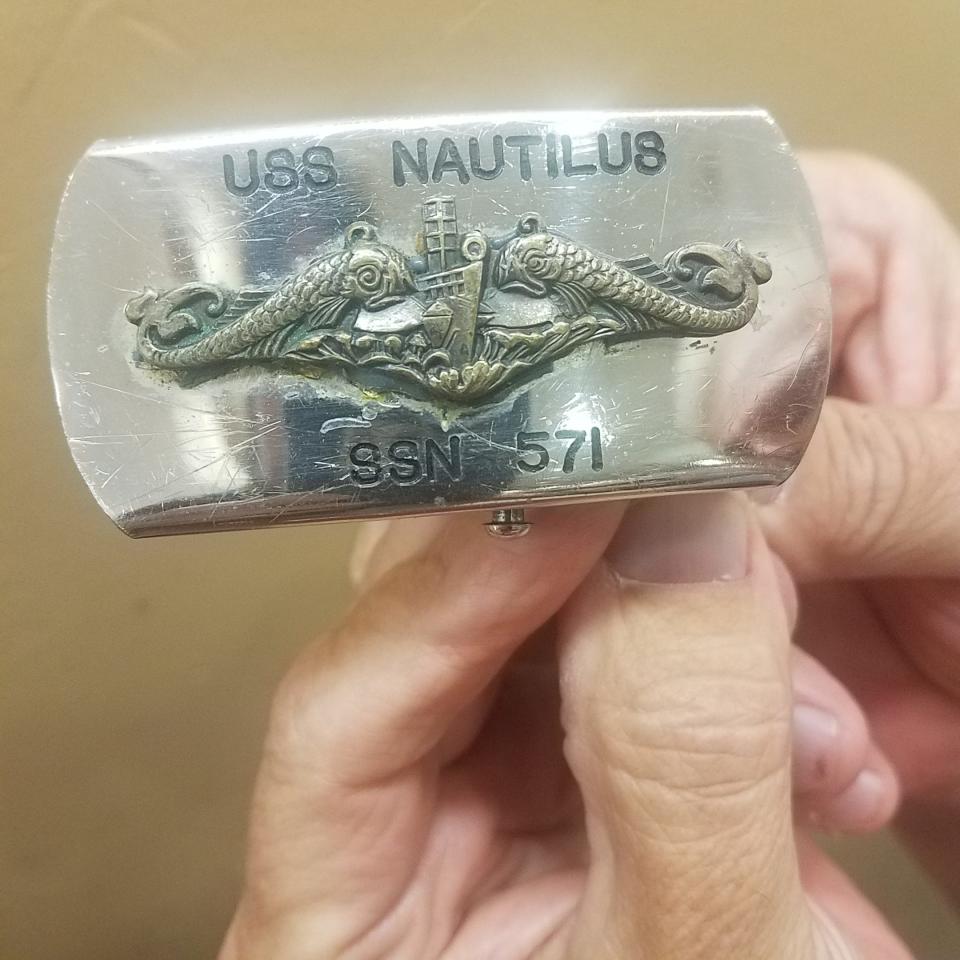
Earning your dolphins and 'hide and seek with the Soviets'
The symbol of the Submarine Corps is the dolphin. And earning the insignia of double dolphins is a sign that the seaman has demonstrated a thorough knowledge of all systems on the submarine. Each member of the crew must know every inch of the vessel and be expert in damage control, casualty procedures, helmsmanship and standing watch. The process can take up to a year.
“One particularly memorable part of the training is being locked in the torpedo room with seven other crew while the compartment is flooded with seawater up to your waist. You have 90 seconds to get things under control. Immediately knowing what to do and how to respond when you’re 300-500 feet under the surface is pretty vital,” Holt said. “Flooding, attack, and fire drills were held every 12 hours.”
There was much to learn and over his three years of active duty, Holt took advantage of all of it.
“I learned Morse Code, how our little “tea kettle” — the nuclear reactor worked, took diving classes at Navy Seal School, and never failed to be impressed at how flooding sea water between an inner hull and the outer hull can raise or lower a massive boat above or below the surface."
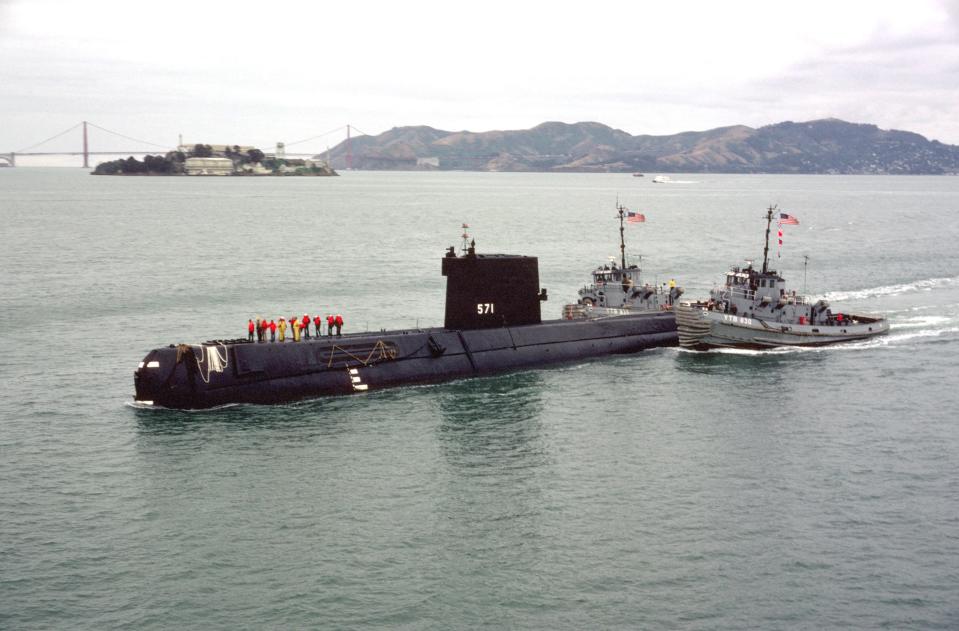
His designated assignment was as a radioman and therefore he needed a Top Secret clearance since, “for a few seconds you may be the only man on the vessel who would know, for instance, that war had been declared. You’ve gotta have a trustworthy person with a cool head.”
But he had other duties as well.
“When you’re under the surface, you’re not talking on the radio,” he says. Holt’s other responsibilities might include: being the helmsman, washing dishes or toilets, or listening to the sonar noises of everything from sea life to the rhythmic pings of other ships.
“Of course, that’s why we were out there in the first place. This was in the mid-70s during the Cold War, and hide and seek with the Soviets was what we were all about. Our stealth is the only thing that would keep us alive,” Holt said.
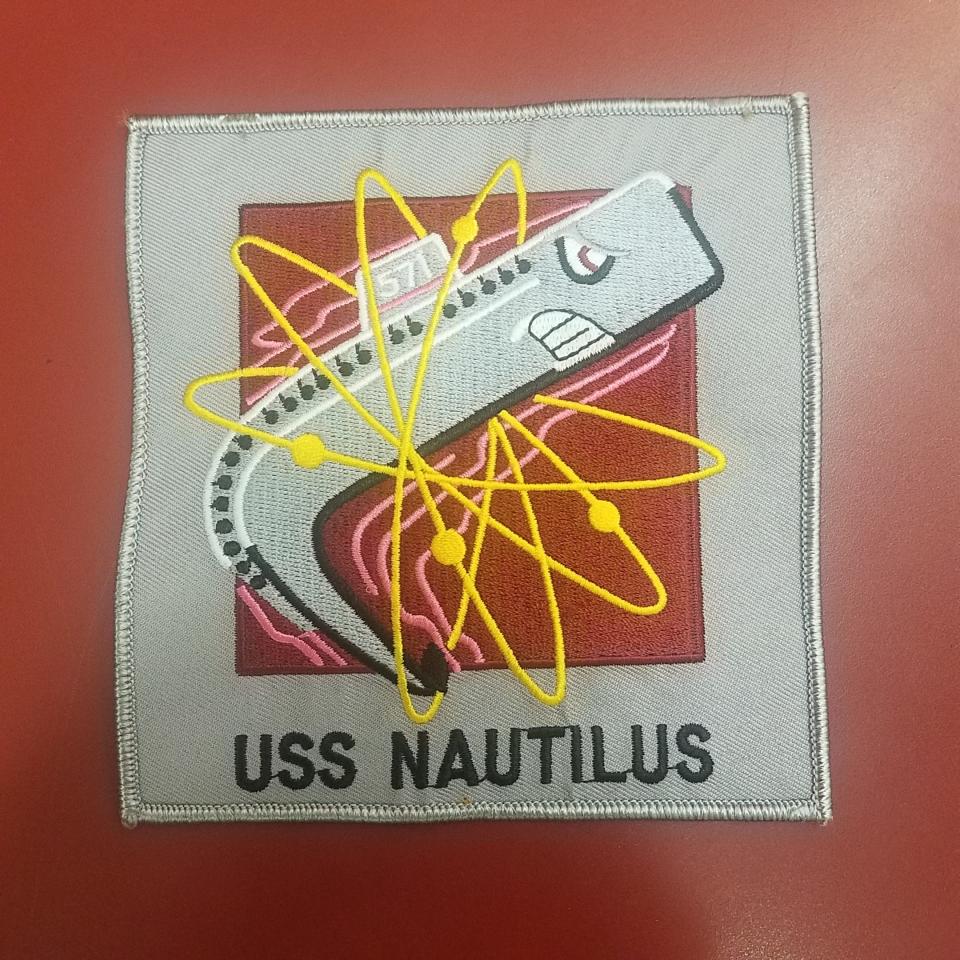
War games and 'ambush predators'
“We were “ambush predators,” Holt said, recalling one particularly elegant “destruction” during a war exercise. “We had been following (while submerged) the U.S.S. Enterprise.”
At over 1,000 feet, it was the world’s first nuclear powered aircraft carrier. Holt says that the massive vessel sailed accompanied by four other boats. The Nautilus’ mission was to secretly engage the Enterprise as if the sub were a Soviet vessel. The Enterprise’s mission was to be aware of any submarines and destroy the threat.
“What happened was that we quietly managed to allow the Enterprise and its escort to sail right over us, then we 'infiltrated' among the support vessels, essentially moving under and along with the group. Then we shot six (empty) torpedo tubes of compressed air at the Enterprise. Our Captain then played the Russian national anthem for them over the radio and called to the Enterprise, 'Enjoy the afterlife, boys!'"
A war game with many lessons.
Some VIP perks
Because by 1975 the revolutionary nuclear-Nautilus was coming near the end of her active defense life, Holt says that important people liked to come aboard and occasionally accompany them on a cruise.
“Our cook was also probably the best in the Navy. He was a rock star!” he laughs.
Still, the itinerary of the Nautilus alone: Lisbon, Sardinia, Tunisia, Greece, and Bermuda gave Holt a chance to see some of the wider world — with or without the company of “important people.”
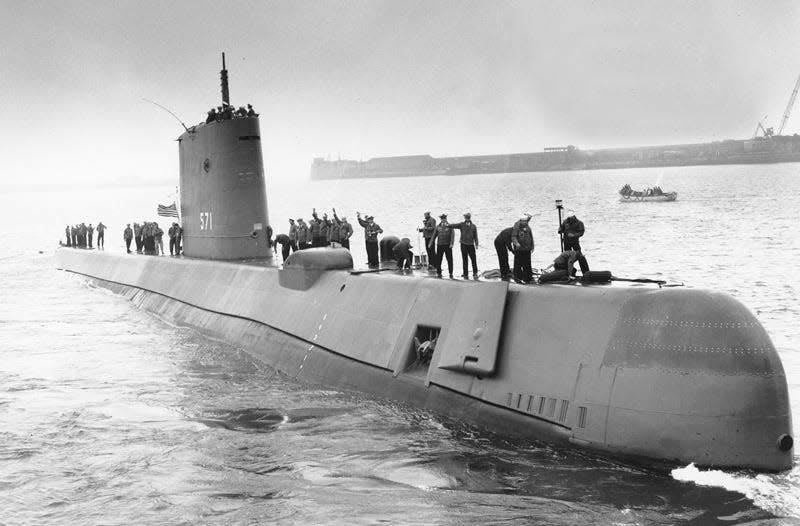
“I’ll always remember sailing under the Golden Gate bridge on the way to the Nautilus’ final port,” says Holt. There, the nuclear reactor would be removed and the Nautilus then towed back to Groton, Connecticut, where she is currently enshrined at the Submarine Force Museum.
He says he feels that his six enlisted Navy years prepared him for his successful Florida State college career filled with math and physics courses, and with the discipline to embark on a successful career. And he hopes to continue to pass on his belief that the military has much to offer a young person by counseling candidates on the right fit for them within the ranks.
“You know, not all kids have to go directly from high school to college,” Holt said. “You’re only 18 or 19 once.”
Memorial: 'Service and sacrifice': Air Force memorial dedicated at Tallahassee National Cemetery
This article originally appeared on Tallahassee Democrat: Tallahassee veteran Mark Holt recalls time on Nautilus nuclear sub

